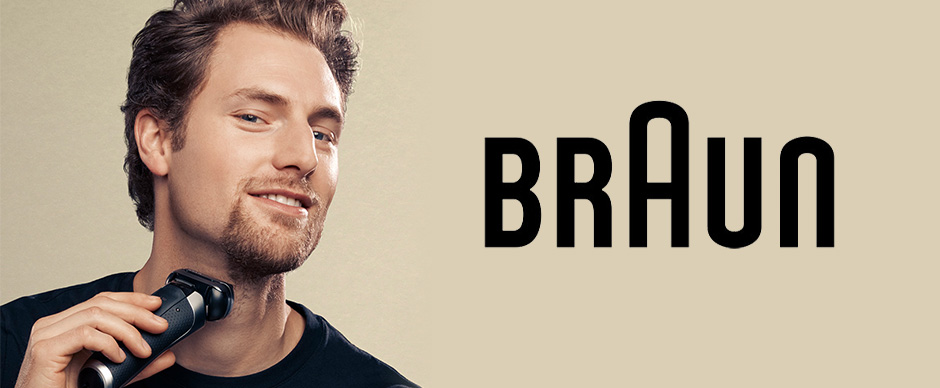
Quick tips for getting rid of daily stubble
Shaving is a chore that never really will be done for good. In fact, the average man will shave up to 20,000 times and remove over 27 feet of whiskers in his lifetime. This is because about 50,000 beard hairs grow at approximately 0.4 millimetres every 24 hours.
In early times, having facial hair was respected as a sign of wisdom, sexual virility, masculinity, or even higher status. Although given the right time and place, these concepts might still exist, there are times when having an overgrown beard or unkempt facial hair can be perceived as a lack of personal upkeep and refinement. Whether you sport a clean-shaven look, a goatee, soul patch, or designer stubble, it is important to keep up with your appearance and not let it grow too far out of hand. There is no magic secret to getting a good, clean shave, but if you follow these tips we guarantee you will be able to put your best face forward!
How to Get Rid of Stubble
Prep the skin before shaving by rinsing your face with warm water or taking a warm bath before you shave. This will help to soften your facial hair and open the pores.
If you have an especially tough beard or sensitive skin, try using a pre-shave oil to soften the beard and reduce razor drag that can cause excess friction and razor burn.
Always use high-quality shaving cream, especially if you have sensitive skin. Keep an eye out for the shaving creams that are glycerine based, and avoid those that contain menthol, as they will close your pores and stiffen your beard. When applying shaving cream, apply the cream in a circular motion with a shaving brush. This will produce a much richer lather that will gently lift the hairs and exfoliate the skin. The two biggest causes of ingrown hairs and razor burns are poor lubrication and the use of dull razor blades, so once you have applied your shaving cream be sure to use a fresh, sharp blade.
Stretch the skin gently to make it taut, and gently glide the razor against the direction of hair growth. Hold your shaver at a right angle to your skin and do not apply any pressure. The weight of the razor will provide all the pressure needed. If you find you need to apply pressure to shave, use a new blade.
After shaving, moisturise the skin either with a gentle moisturiser or a post-shaving balm. Doing so will replace essential oils to skin that may have been stripped while shaving. Moisturiser will also calm the skin and reduce any irritation. Avoid using aftershave that contains alcohol as this can unnecessarily dry out the skin and quicken the ageing process.

